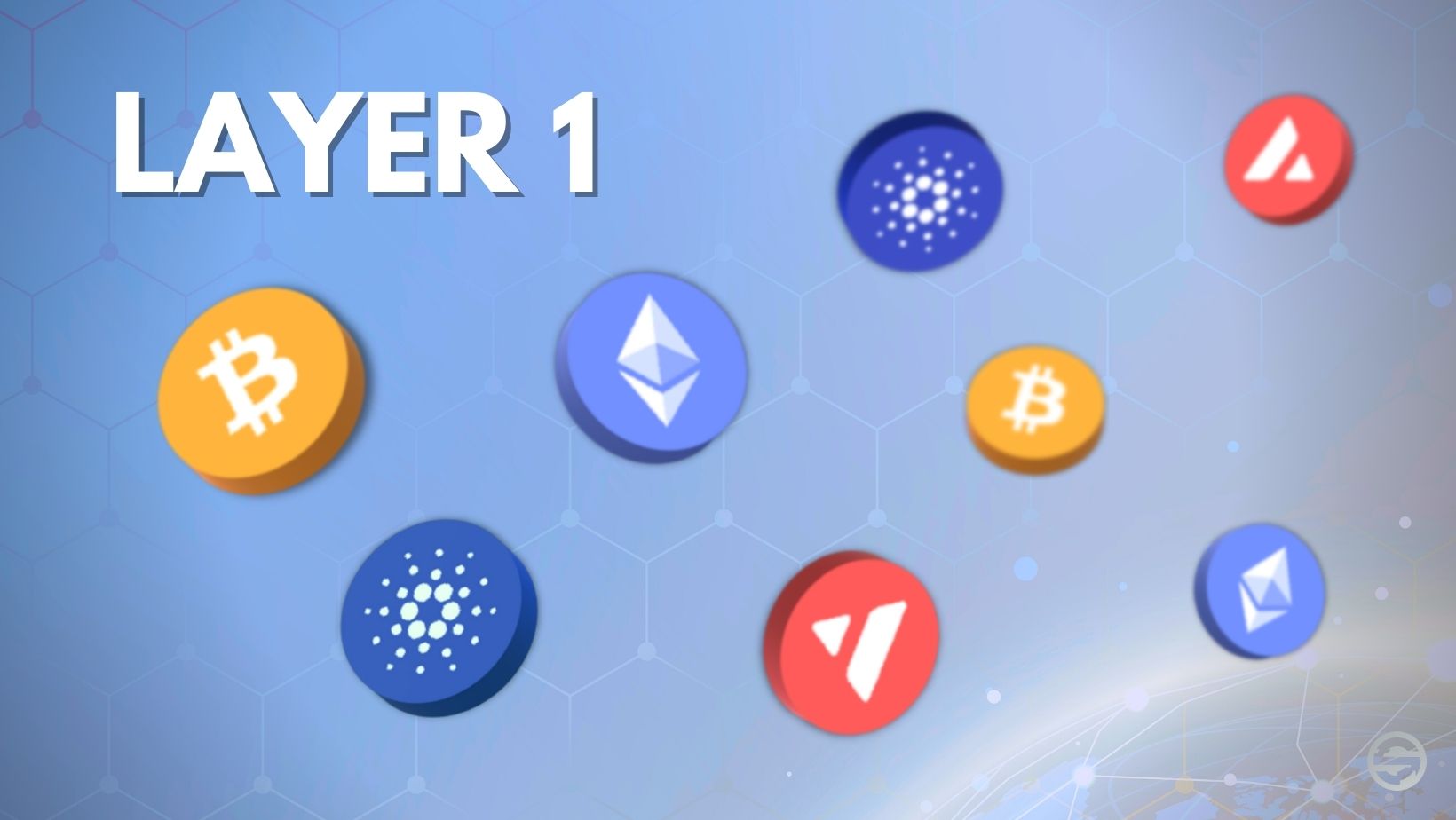At the entrance of Web3, the choice of public chains is akin to "geographic location" in the digital world, directly determining the efficiency of user reach and the compliance safety margin for enterprises. Research from Panda Academy shows that among new projects entering the market in 2024, 72% of failures due to incorrect public chain selection stem from a triple misjudgment of technical architecture compatibility, ecological user profiles, and regulatory policies. Traditional enterprises transitioning to Web3 need to focus on the underlying support of technical services—such as token issuance, contract auditing, and compliance group integration. This article proposes a reusable chain selection decision-making framework based on over 200 enterprise-level deployment cases.

1. Technical Compatibility: Penetration from Code to Ecology
When a Java development team attempted to deploy a project on Solana, the learning cost of Rust language caused a 47% delay in progress. This reveals a core principle: the continuity of technical architecture determines 80% of migration efficiency. EVM-based public chains (Ethereum/BSC/Base) have become the shortest path for traditional developers to transition due to their compatibility with Solidity language. Although Move-based public chains (like SUI) have innovations in asset security models, one must be cautious of an additional 29% development cost.
Technical adaptation suggestions:
Prioritize Code Migration: Using Solidity for development can reduce migration costs by 73%, and BSC/Base provides complete EVM toolchain support.
Value of Technical Consulting: Enterprises can leverage professional teams like PandaTool to assess technical architecture compatibility, for example, simplifying the asset onboarding process through the token issuance tool PandaTool.
2. Economic Model: The Cost Code of Cold Start
The successful case of the MEME project "DogeKing" on Solana shows that its user acquisition cost per user is only $0.03, which is 1/150 of that in the Ethereum ecosystem. However, DEX projects on BSC have reduced liquidity incentive costs by 68% through compatibility with Pancake V3 pool design.
Cost Control Formula: Ideal chain selection = (Gas fee × Expected transaction volume) + (Contract audit cost × Risk factor)
- Example: For a project with an average of 100,000 transactions per day, the annual Gas cost on BSC is only 4.2% of that on Ethereum.
Technical adaptation practices:
Token Issuance Tool: Quickly create tokens through PandaTool, for example, deploying a stablecoin project on the Base chain to save development time.
Liquidity Optimization: Utilize AMM protocols to achieve zero slippage liquidity launch, reducing cold start costs.
3. Regulatory Adaptability: The Dynamic Game of Compliance Red Lines
The Base chain, by integrating Coinbase's KYCaaS service, has reduced the regulatory audit time for financial projects from 14 days to 3 hours. A comparison shows that choosing a non-compliant chain in the EU market can lead to a 320% increase in legal consulting costs. Enterprises need to establish a regulatory radar: focusing on the "Howey Test" from the US SEC, asset classification under the EU MiCA, and new anti-money laundering regulations in Asia.
Compliance adaptation strategies:
KYC Integration Solutions: Choose chains that support KYC modules (like Base) to shorten audit times.
Regulatory Sandbox Testing: Simulate regulatory scrutiny from various countries on test networks to proactively avoid risks.
Conclusion: Establishing Order in Chaos
The choice of public chains is essentially a multidimensional game—one must understand Ethereum's "digital constitution" status, recognize Solana's "lightning expansion" principle, and master BSC's "traffic alchemy." When Web2 enterprises step into the on-chain world with user growth models, they must remember three core laws:
Law of Technical Inertia: The reuse value of existing development resources > advantages of new chain technologies (e.g., reducing migration costs through token issuance tools).
Law of Regulatory Gravity: For every $1 increase in compliance costs, a $3 risk premium must be generated (e.g., shortening audit cycles through compliance groups).
Ecological Network Effect: For every additional 100 DApps on the target chain, user acquisition costs decrease by 7%.
The true wisdom of chain selection lies not in chasing TPS values in an arms race but in finding the golden triangle of technical debt, growth rate, and regulatory tolerance. Enterprises can quantify these three key elements through technical adaptation tools and professional consulting services, mapping out the optimal on-chain coordinates for risk-reward ratios.
免责声明:本文章仅代表作者个人观点,不代表本平台的立场和观点。本文章仅供信息分享,不构成对任何人的任何投资建议。用户与作者之间的任何争议,与本平台无关。如网页中刊载的文章或图片涉及侵权,请提供相关的权利证明和身份证明发送邮件到support@aicoin.com,本平台相关工作人员将会进行核查。




